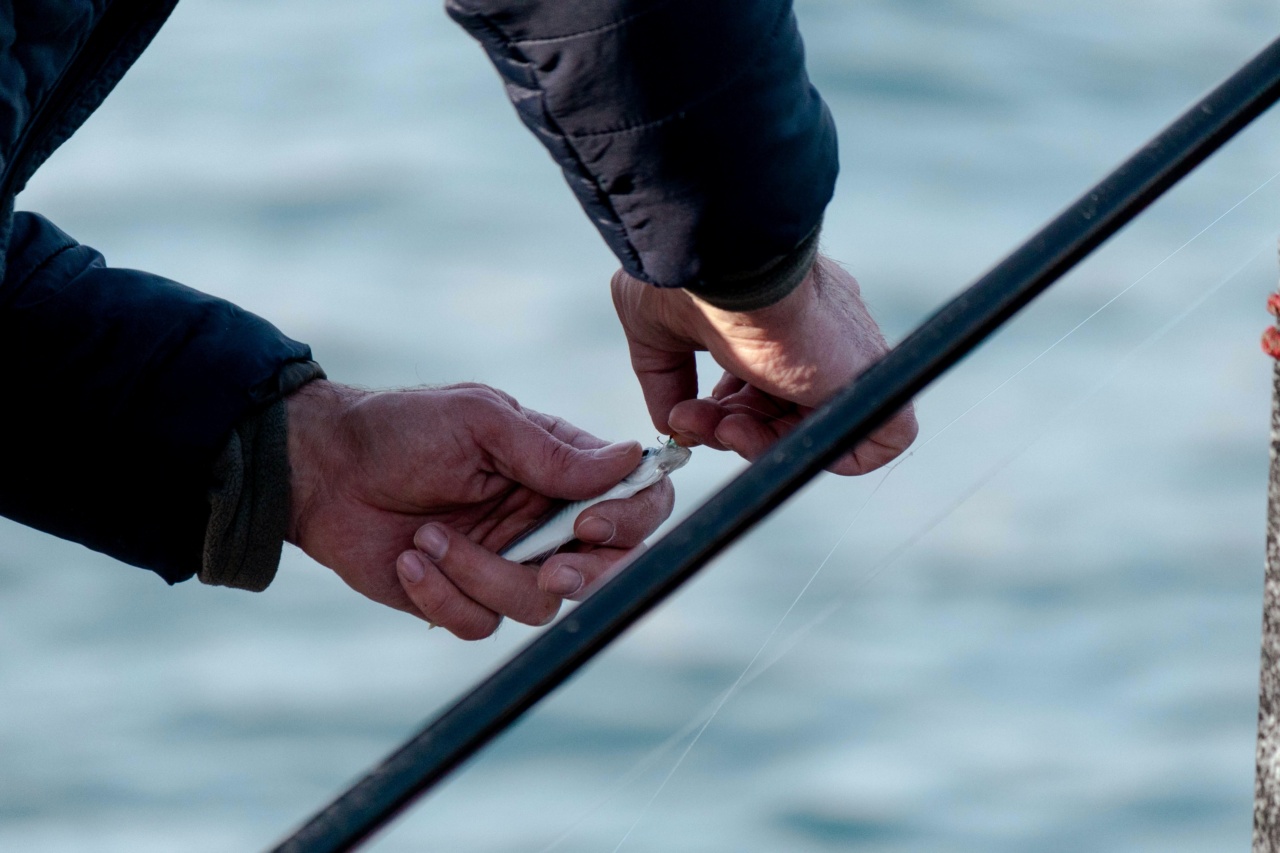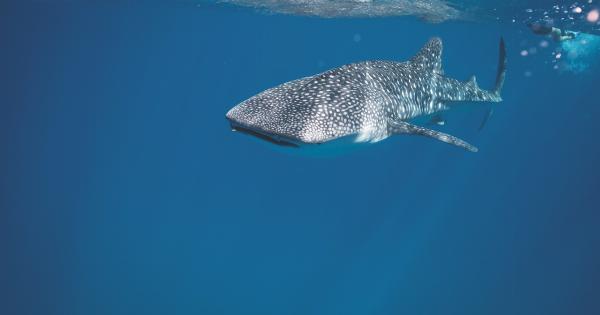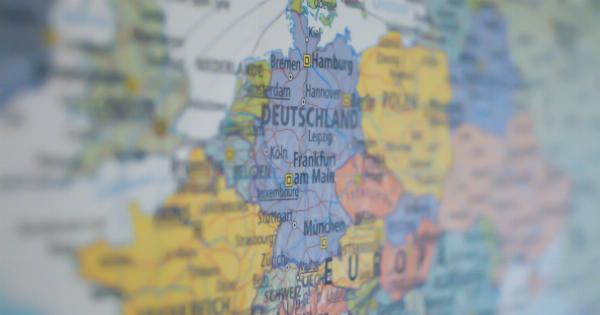Each year, millions of tons of fish are caught, processed, and sold on the global market.
However, one of the biggest problems in the industry today is the increasing prevalence of inaccurate labeling about where, how, and what type of fish is being sold. This practice has severe consequences for both the ocean ecosystem and human health.
What is fish labeling?
Before discussing the consequences of inaccurate fish labeling, it’s essential to understand what fish labeling is and how it’s supposed to work.
Fish labeling is the practice of providing information about the fish product being sold, including the species, location, and method of catching. The purpose of labeling is to provide critical information to consumers to make informed choices about the food they eat while also promoting sustainable fishing practices globally.
What are the consequences of inaccurate fish labeling?
There are myriad consequences of inaccurate fish labeling, such as:.
Damage to ecosystem and biodiversity
The oceans and marine ecosystems are fragile systems that are vulnerable to overfishing and depletion of resources.
Inaccurate labeling can lead to overexploitation of specific species, leading to negative impacts on entire marine ecosystems and contributing to biodiversity loss. It also leads to increased bycatch (the incidental capture of non-target species) and wastage. All of these can drastically threaten the sustainability of marine ecosystems.
Human health consequences
Consumers have the right to know what they’re buying and eating, but inaccurate labeling can be dangerous.
For example, certain species, such as tilapia, are often farmed in inhumane and unsanitary conditions, leading to contamination with harmful bacteria and chemicals. If the packaging doesn’t accurately state the origin of the fish, consumers could be unknowingly ingesting toxic substances.
Undue pressure on sustainable fishing
Labeling is supposed to incentivize sustainable fishing practices by promoting the sale of responsibly caught fish.
However, inaccurate labeling creates a loophole where consumers unknowingly purchase fish that is either not responsibly caught or contributing to overfishing.
Market manipulation
Inaccurate labeling can lead to market manipulation, where companies and fishermen falsely classify low-value fish as high-value products.
This engenders distrust in the market and can lead to consumers losing faith in producers and the industry at large.
Legal ramifications
In many countries, false labeling is considered a legal offense and can result in penalties and fines for the companies involved.
Furthermore, companies that engage in this practice can face loss of reputation, diminished market share, and loss of customer trust.
Solutions to inaccurate fish labeling
There are several ways to combat inaccurate fish labeling, including:.
Regulation
The government needs to impose strict regulations concerning fish labeling to prevent market manipulation and protect consumers.
By making labeling laws more prohibitive and ensuring that labels contain accurate information, it’s possible to promote more responsible fishing practices and encourage sustainability.
Increased industry transparency
Producers and suppliers must be transparent about the origins of their products and details such as type and method of catching to build trust with consumers.
Larger companies should set a good example for smaller ones and provide detailed information on their packaging.
Certification and third-party verification
Certification like the Marine Stewardship Council (MSC) and Aquaculture Stewardship Council (ASC) serve as proof of good practices.
These independent third-party organizations work with producers to ensure that their products are sustainably sourced and then verify their claims.
Conclusion
Fish labeling is a crucial element of the global fishing industry that promotes responsible and sustainable fishing. It helps consumers make informed choices about what they eat while encouraging transparency and responsible fishing practices.
Inaccurate labeling is a threat to the ocean’s ecosystem, human health, and the industry’s reputation. Nevertheless, regulations, increased transparency, and certification can all help combat this problem but it requires collaborative efforts from all parties to implement them fully.





























